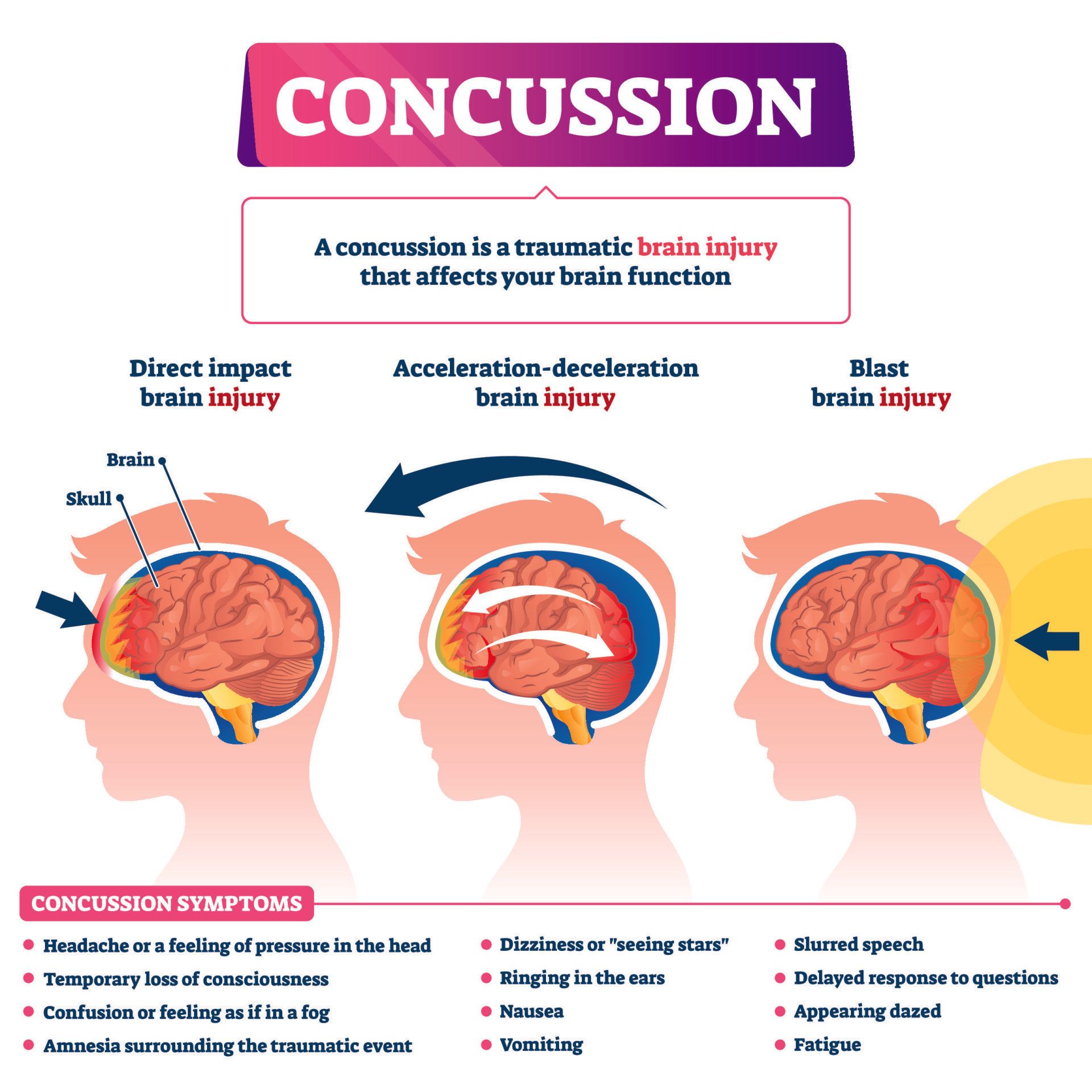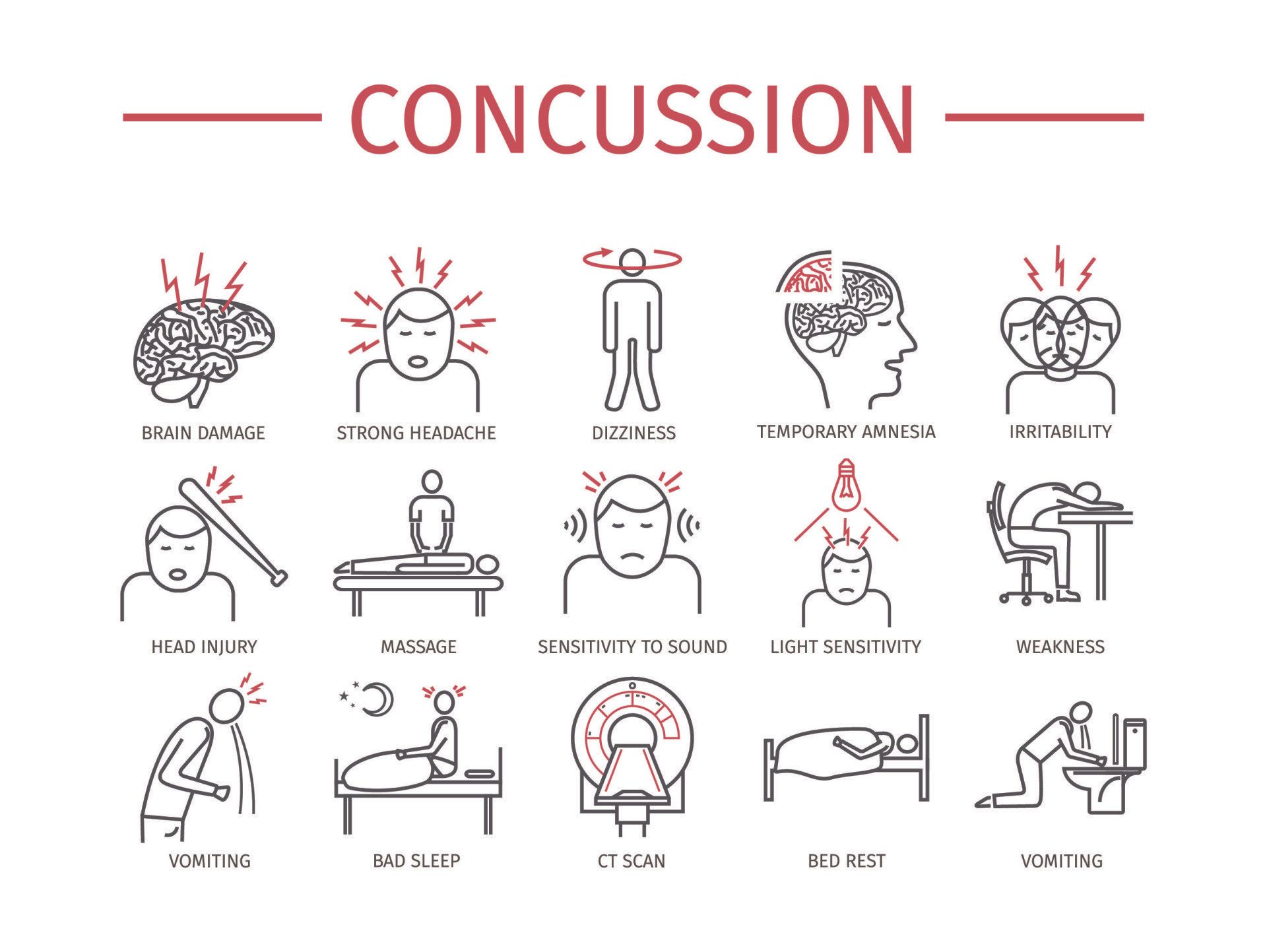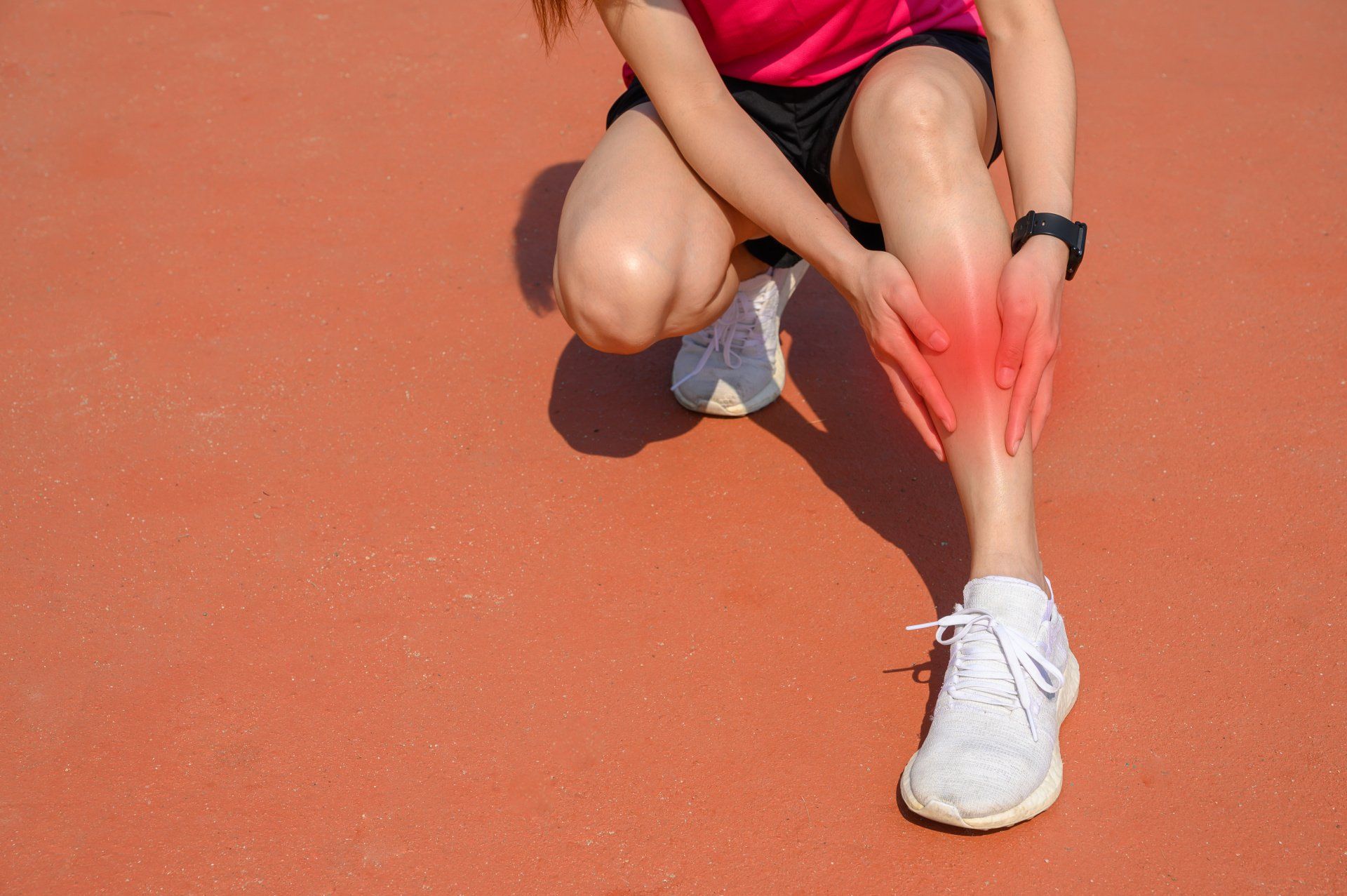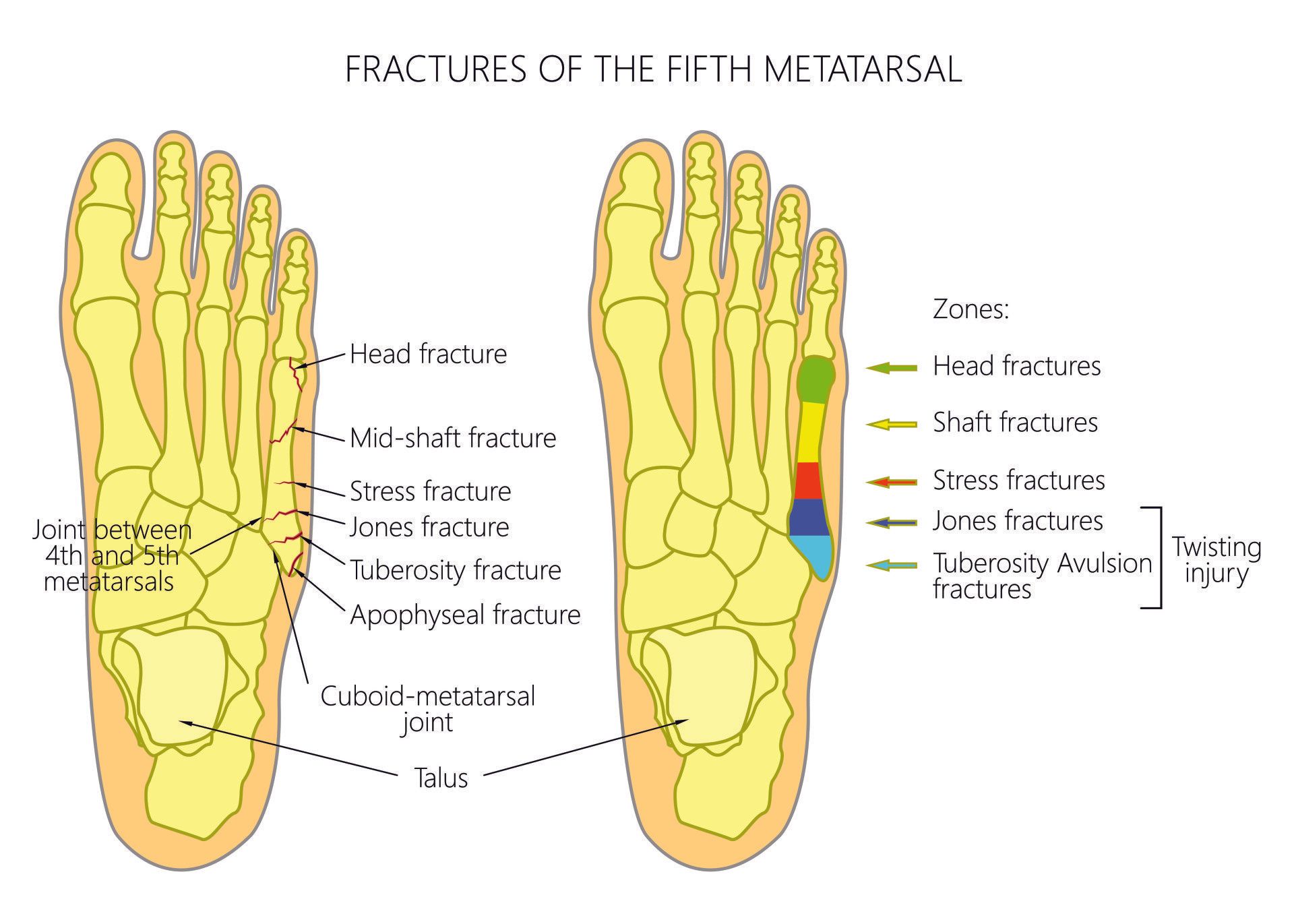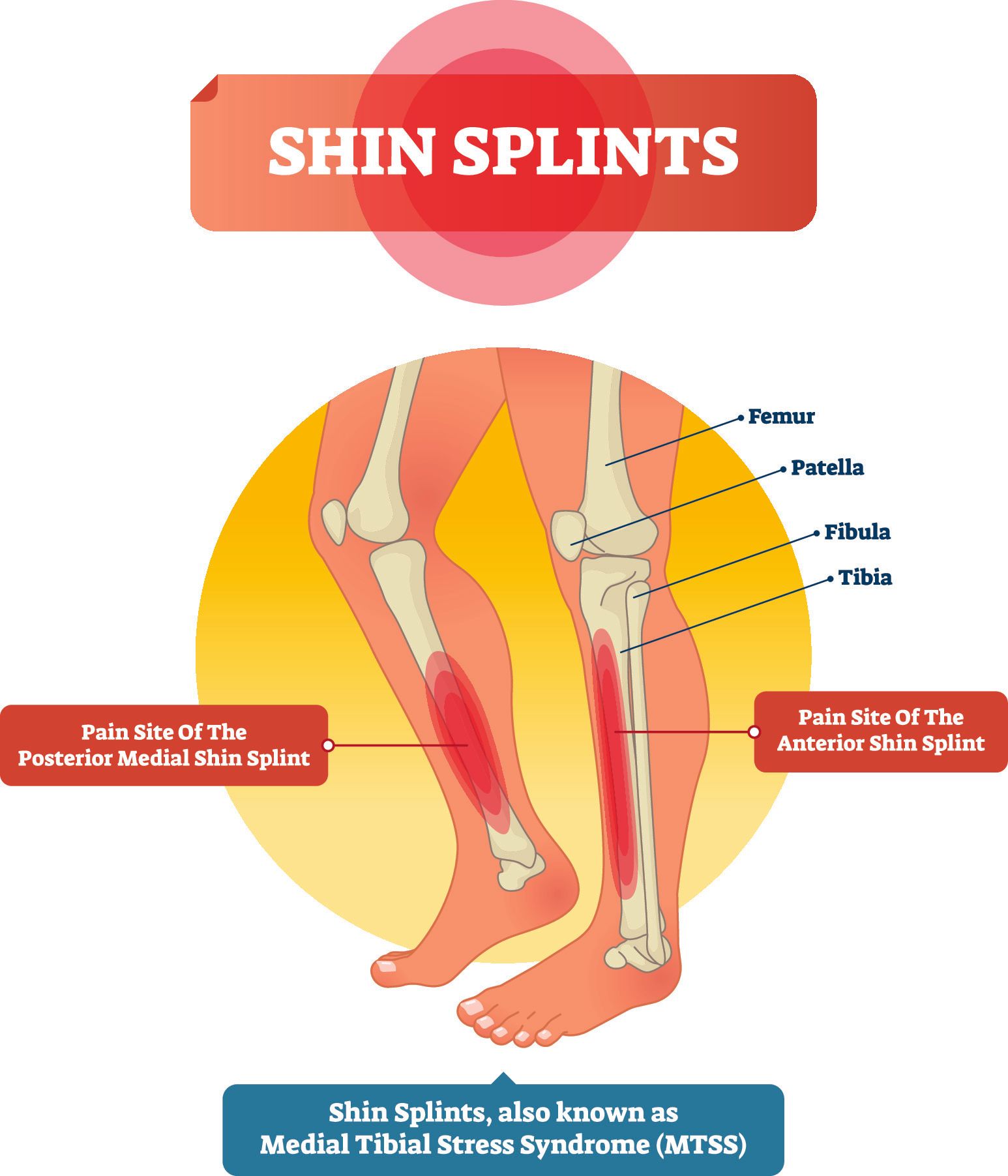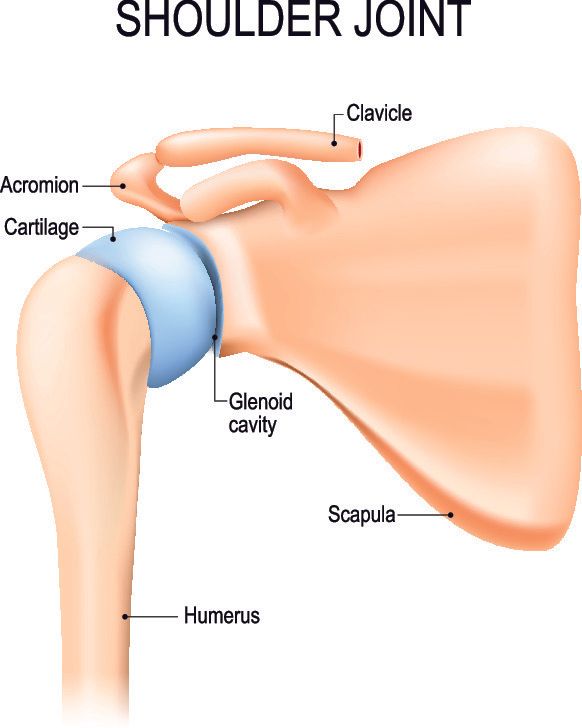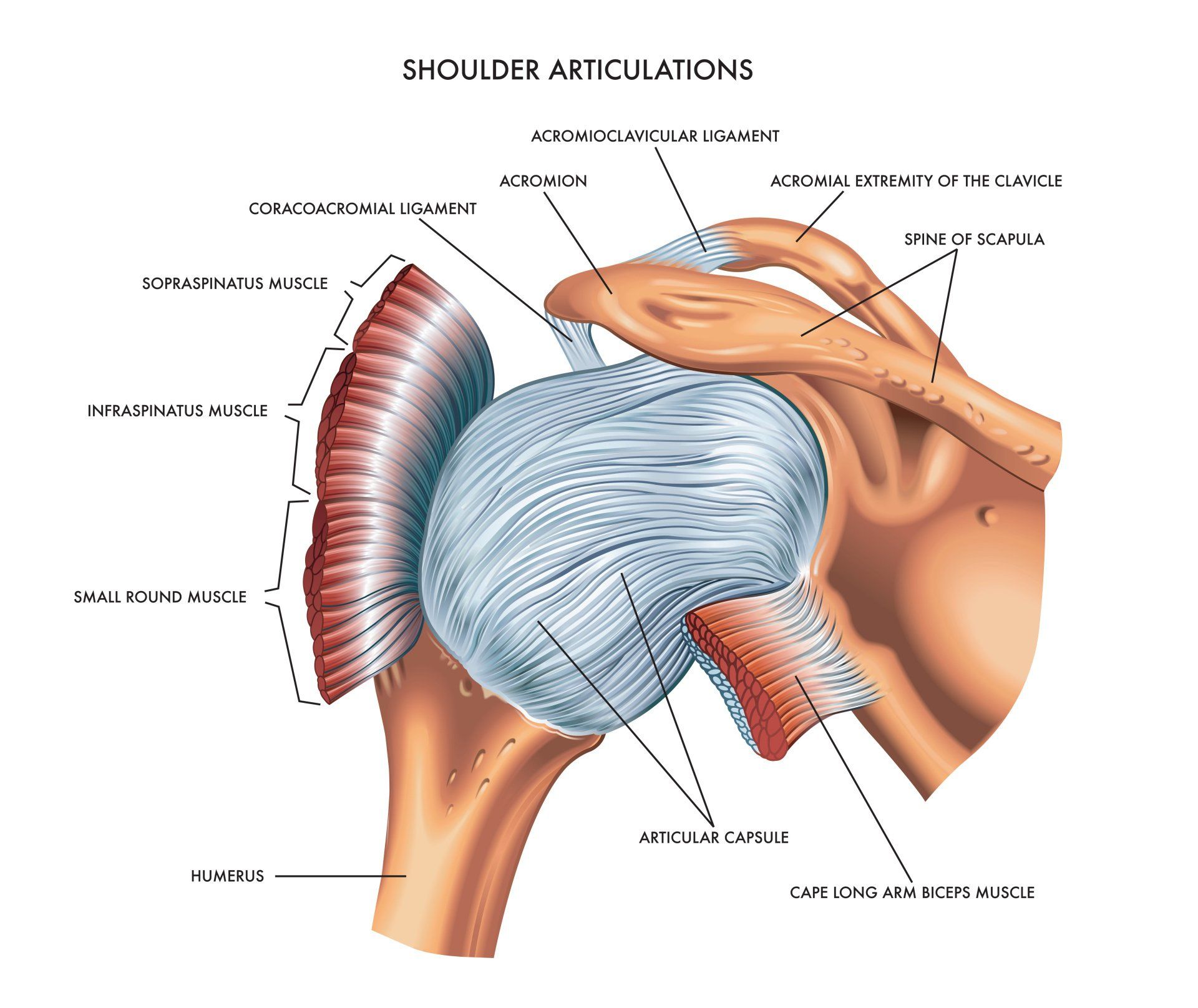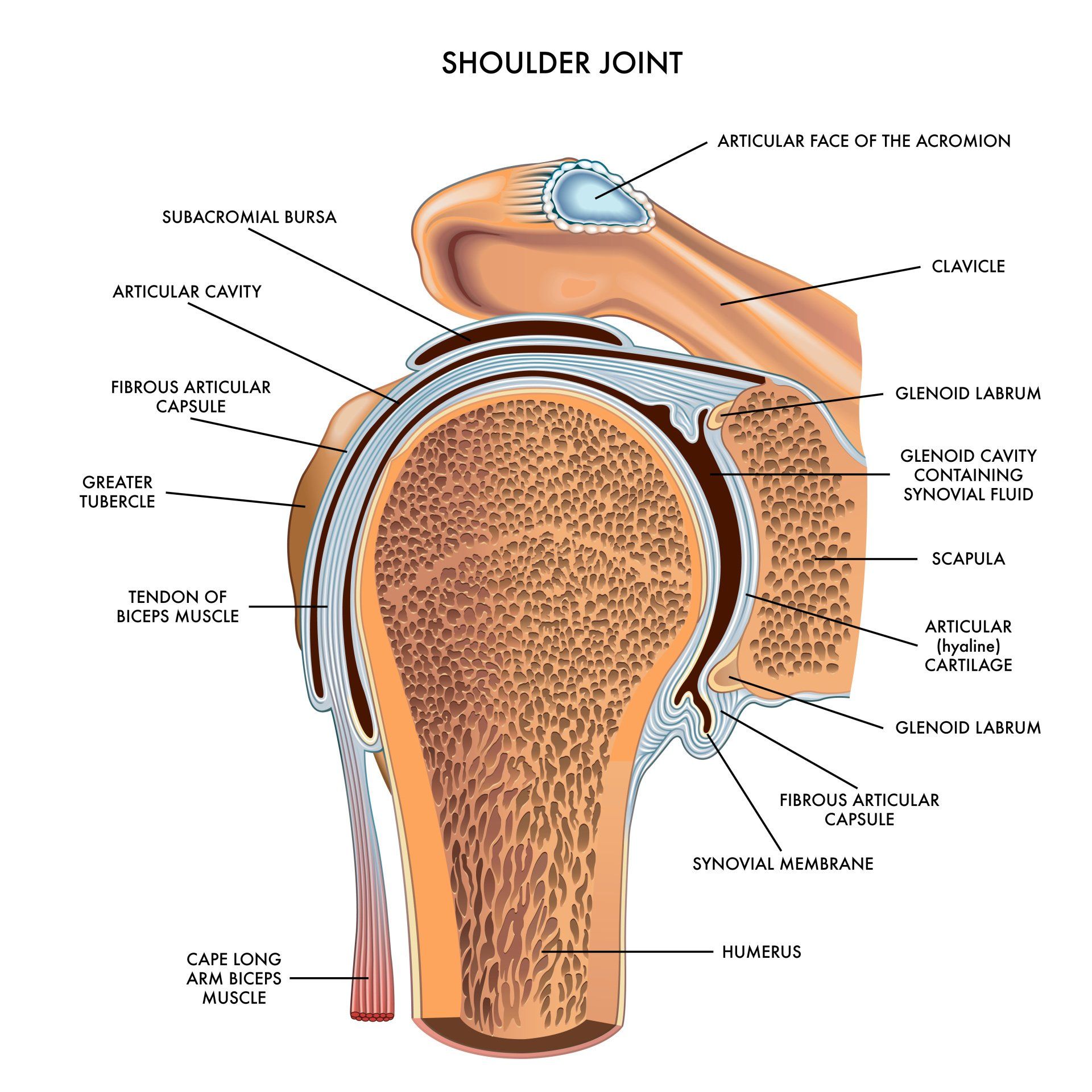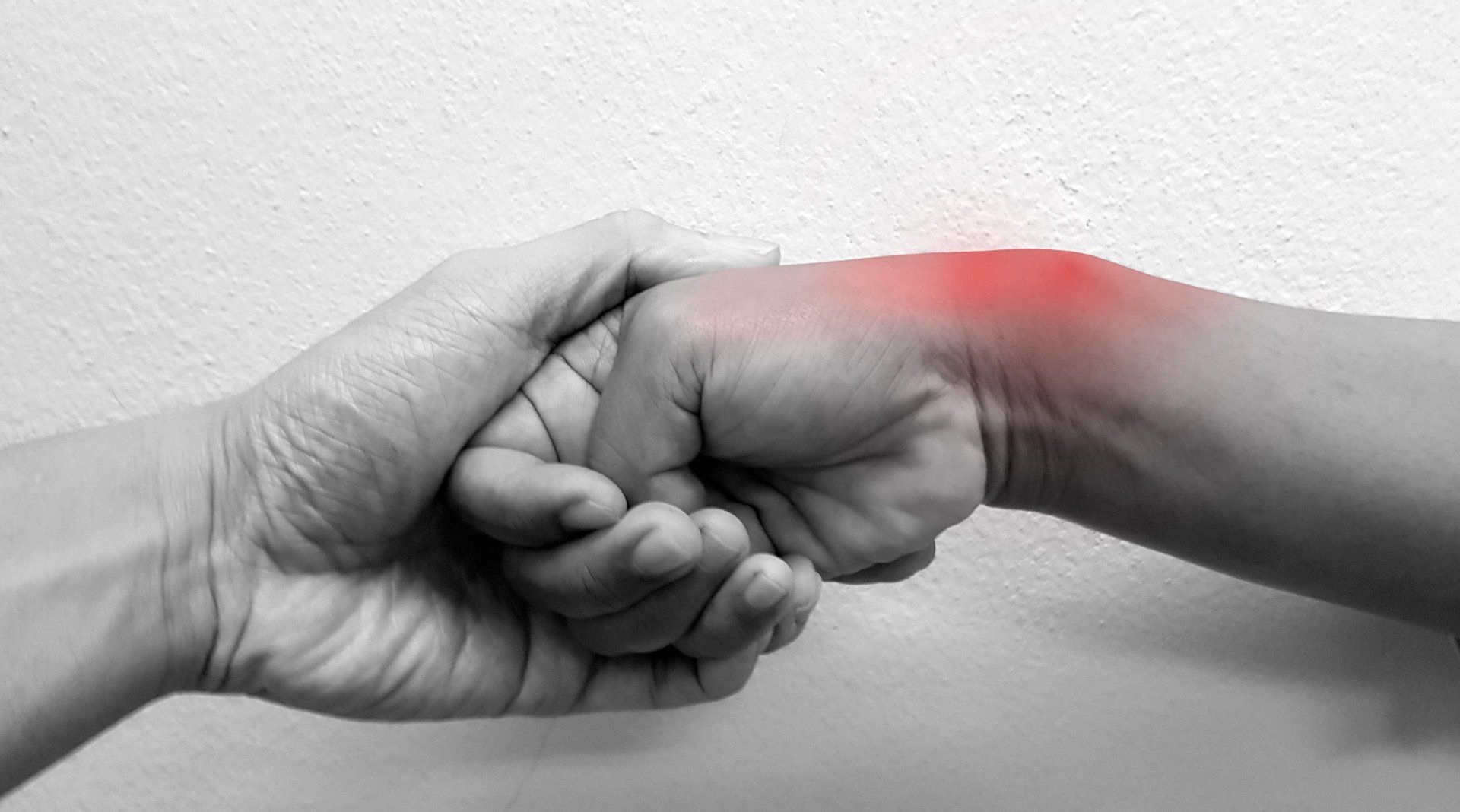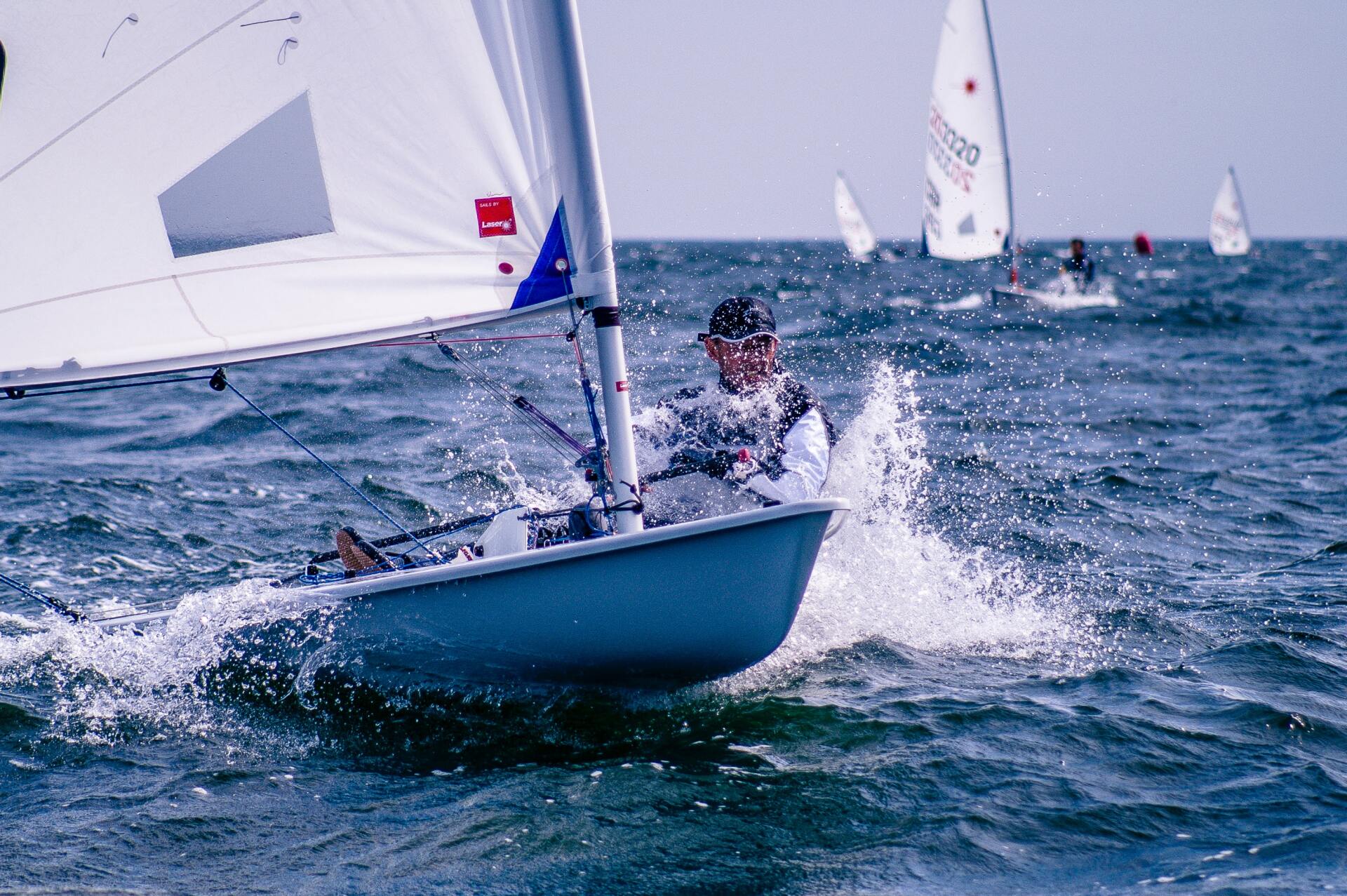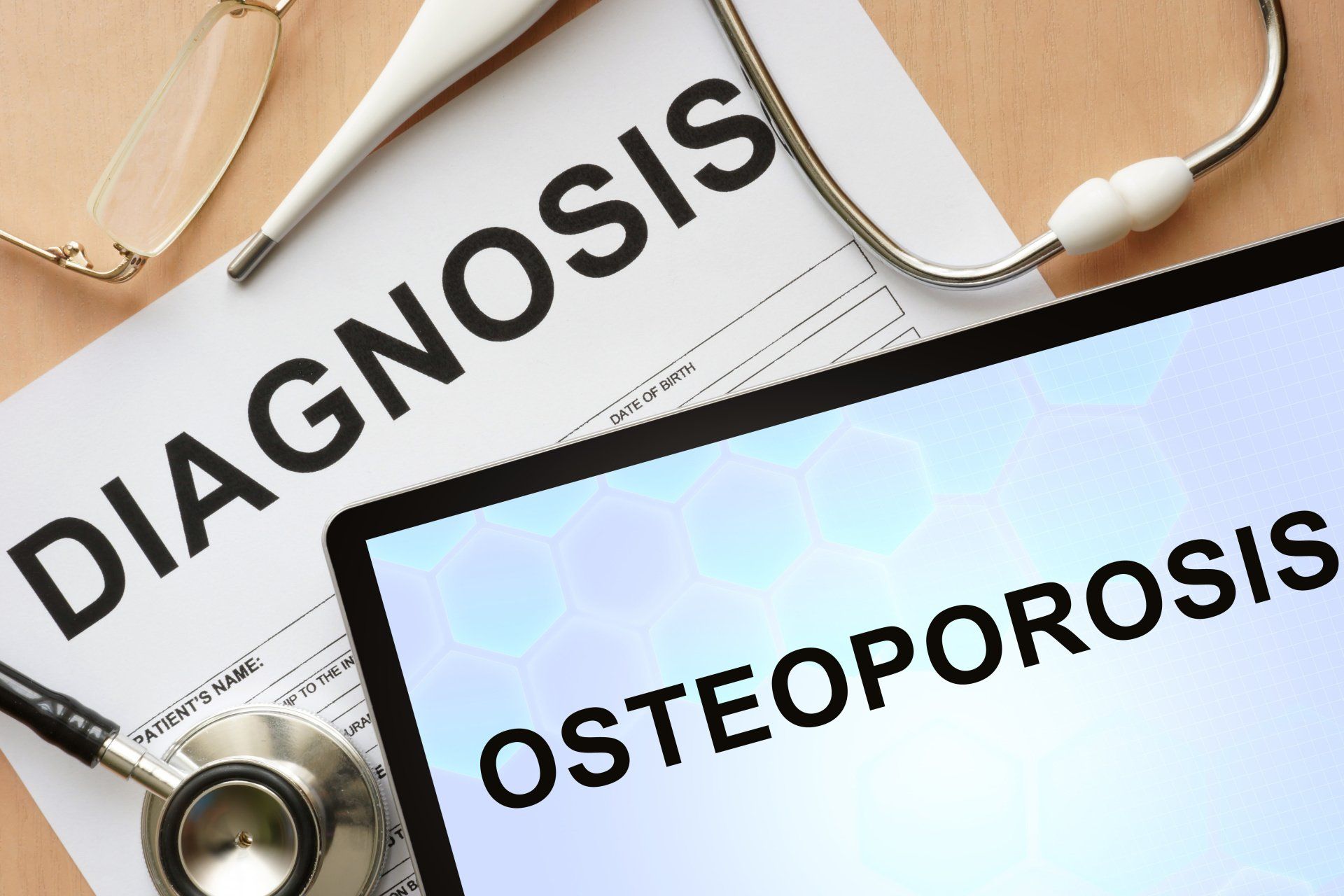The Benefits and Risks of Exercise in Women
The Benefits and Risks of Exercise in Women
- There is plenty or research to support and promote the benefits of life long exercise:
- Improved overall physical and mental health
- Reduced stress levels
- Reduced risk of chronic diseases
- Reduced overall health care costs
- Building on social networks
- Regular physical activity and competitive sports, help women aside from the physical health benefits, by:
- Improved self-confidence
- Improved self-esteem
- Improved body image
- Improved academic success
- Socialising and development of friendships
- Feeling appreciated as part of a group
- Improved body confidence
- Reducing depression
- Reducing anxiety
- Less emotional volatility
- For women postnatally exercise improves satisfaction with:
- Motherhood
- Their partners
- The benefits of physical activity far outweigh the risks
- However, knowing the risks, and how to mitigate them will help further enhance the benefits and quality of life
- Sedentary lifestyle increases the risk of:
- Obesity
- Diabetes mellitus
- Cardiovascular disease
- Hypertension
- Reduced metabolic rate so easier to gain weight with the same calorie consumption
- Osteoporosis
- Cancer
- Depression
There is still more to be done to improve participation of women in sport and exercise
- Studies show that women of all ages are less likely to exercise recreationally and even less likely to participate in team sports compared to men
- Women with young children are the least likely to exercise compared to single women or those with older children due to having increased child caring duties
- Given the benefits of exercise for women there should be ongoing education and promotion
Female athletes are at higher risk of certain injuries
- Due to various anatomical and physiological differences between the genders, females are more prone to certain injuries
- By knowing what these are, the necessary precautions can be taken and appropriate exercises implemented in training to help minimise the risks
- Women have greater soft tissue laxity:
- That means soft tissues are more stretchy
- Their joints have a greater range of motion and hyperextension:
- Knee hyperextension is seen when upon standing the knee goes too far backwards in relation to the foot
- Up to 5-20 degrees of hyperextension is acceptable
- In comparison to males, females have:
- Lower participation in team sports
- Higher participation in aerobics, yoga and dancing
Concussion
- Concussion is a traumatic injury to the brain that affects its function:
- Usually caused by a direct blow to the head or violent shaking of the head
- Rarely there may be loss of consciousness
- Falls and contact sports are most commonly responsible
- Headache, nausea, vomiting, ringing in the ears, dizziness, blurred vision
- Most people make a full recovery
- However, it is essential to never return to play until all symptoms and signs of a concussion have completely resolved in order to avoid developing a more long-term debilitating condition called post-concussion syndrome
- Female athletes appear to be at greater risk of a concussion than males playing the same sport:
- Whilst it is not clear why that is, some attribute this to the difference in neck musculature
- This is particularly prevalent in women’s football
- Females also experience more severe symptoms for similar traumatic brain injuries and concussions
ACL Injury
- Females are 2-10 times more likely than men playing the same sport to sustain an ACL injury
- More details on why females are more prone to ACL injuries can be found here
Anterior knee pain
- Anterior knee pain is more common in females as is patellofemoral instability
- More information can be found in the patellofemoral pathology section
Stress fracture
- Stress fracture is a bone fracture that is caused by overuse
- Occurs when the amount or intensity of an activity is increased too rapidly or suddenly or playing on a harder surface
- This was typically found in military recruits
- Muscles become fatigued and are less able to absorb the shocks of high impact passing more stress to the bones
- Most stress fractures occur in the foot
- Females are more prone to stress fractures and can be one of the first signs of the Female Athlete Triad (see below)
- Males have greater muscle mass and bone density than females
- It is therefore imperative to maintain good nutrition and calorie intake when active, to wear appropriate shoe wear and progress activities gradually
Medial Tibial Stress Syndrome (MTSS)
- This is commonly known as shin splints
- It is an overuse injury of the shin area causing pain in the middle to lower end of the medial tibia (inner part of the shin bone)
- It tends to be due to training errors:
- Training too hard too soon
- Running on hard or uneven surfaces
- Exercise that involves high impact activities are especially prone such as running, basketball, football, and dancing
- Biomechanical factors that predispose to MTSS:
- Malalignment with either genu varus or genu valgum (bow legged or knock kneed), femoral or tibia rotational abnormalities, low or high arched feet, and leg length discrepancy
- Muscle imbalance in strength and flexibility:
- Tight Achilles tendon
- Weak gastrocnemius and soleus muscles which are responsible for plantar flexion (pushing the foot downwards)
- Muscle imbalance and tightness of hamstrings and/or quadriceps
- Weak core muscles
- Weak hip muscles
- Women are more prone to them and are three times as likely as men to develop into stress fractures
Ankle Sprains
- Ankle sprains are most common single injury in high school sports
- Girls are more likely to sustain ankle sprains than boys across a number of sports
- Girls’ ankle tendons are laxer than boys making them more prone to sprains
Rotator cuff injury
- Rotator cuff is a group of four muscles and tendons around the shoulder joint which are key to providing stability and is composed of:
- Supraspinatus
- Infraspinatus
- Teres minor
- Subscapularis
- The shoulder joint is a ball and socket joint which has the greatest range of motion out of any joint in the body
- However, stability is compromised in order to allow for this range of motion:
- The socket of the shoulder (called glenoid) is quite shallow and so it allows the top of the arm bone called the humerus which is shaped like a ball to move freely
- The hip is the other large ball and socket joint of the body but it is more stable as the socket (called acetabulum) is deeper and covers a much larger area of the ball
- This lesser bony coverage of the shoulder joint means that stability is reliant more on the surrounding soft tissues
- Most people focus on strengthening the powerful muscles around the shoulder and upper arm and neglect the rotator cuff
- Whilst the rotator cuff muscles are in comparison weak muscles they are key to providing shoulder stability and preventing shoulder injuries
- Exercises to strengthen the rotator cuff muscles focus on form and technique in all planes and not just strength
- Of critical importance in shoulder stability is the control and coordinated movement of the shoulder blade (called scapula) together with the arm:
- This helps place the shallow socket (glenoid) in an optimal position in relation to the humeral head as failure to do so risks the humeral head slipping off from the glenoid:
- This is called shoulder subluxation if there is partial loss of contact between the two joint surfaces or dislocation if there is complete loss of contact
- This becomes even more apparent in sports that rely on a lot of arm movement such as basketball, volleyball, tennis, swimming, and overhead lifting
Further helpful information can be found here on:
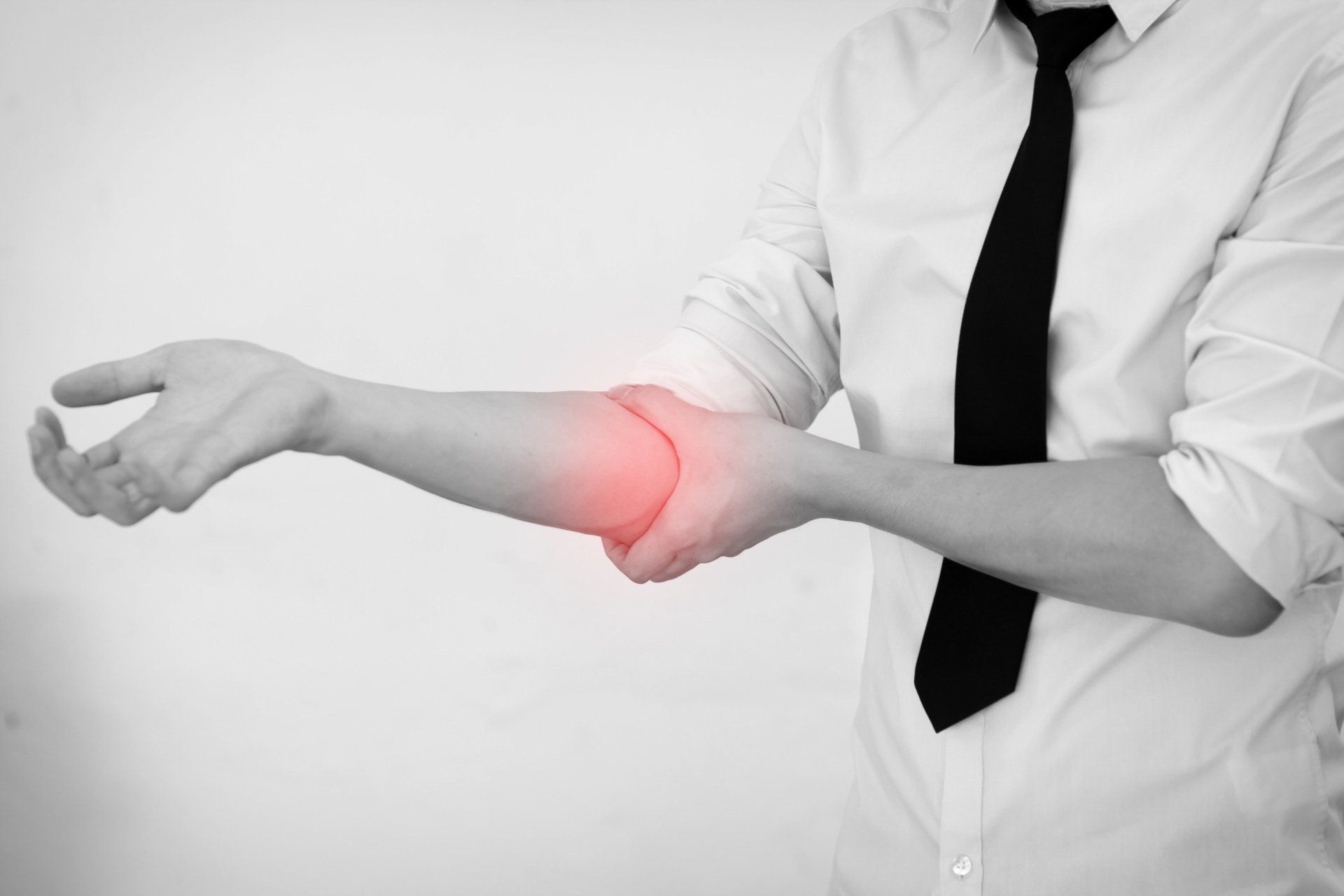
Introduction Cubital Tunnel Syndrome occurs when the ulnar nerve is compressed within a tunnel on the inner (medial) side of the elbow just behind the bony prominence of the inner aspect of the elbow called the medial epicondyle Cubital Tunnel Syndrome is the second most common cause of peripheral nerve compression: The most common one being carpal tunnel syndrome (compression of the median nerve at the wrist) The ulnar nerve is one of the three main nerves of the upper limb: The other two nerves of the upper limb are the median nerve and the radial nerve The ulnar nerve travels from the neck past the elbow and wrist and into the hand: Along the way it travels past some narrow areas where it can be constricted and cause symptoms for the patient The most common site of ulnar nerve compression is in the cubital tunnel at the elbow The second most common site is in Guyon’s canal in the hand When someone accidentally hits the inner side of the elbow (often termed hitting the funny bone) they get a sharp tingling sensation on the inner side of the elbow and forearm: This occurs because the ulnar nerve was hit at the site of the cubital tunnel where the nerve is close to the skin surface and therefore easily injured from outside forces
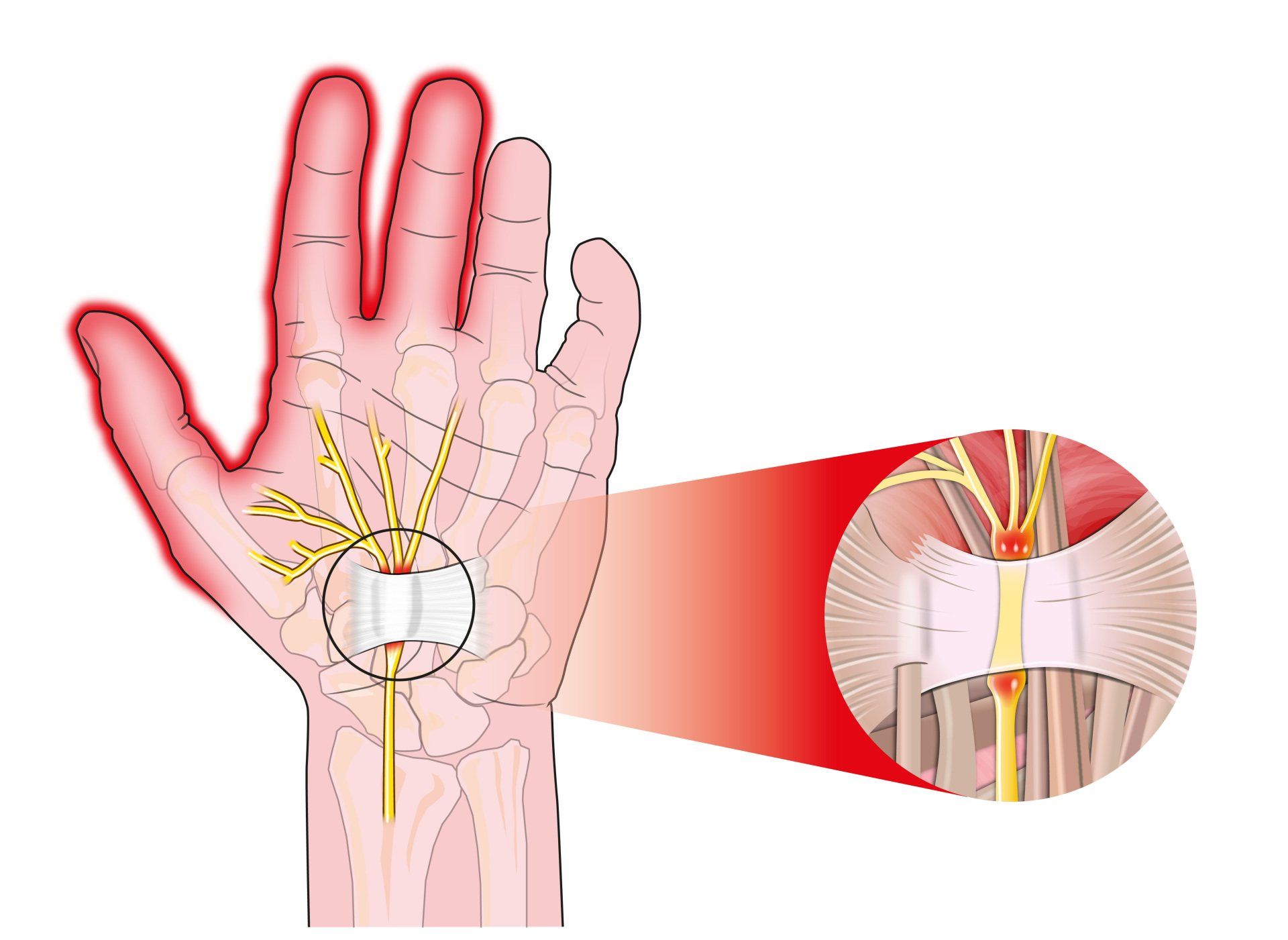
Introduction Carpal tunnel syndrome is a common condition that causes numbness, tingling and weakness in the hand specifically affecting the thumb, index and middle fingers: The little and ring fingers are not affected as they are supplied by another nerve called the ulnar nerve It is the commonest cause of peripheral nerve entrapment It is caused by compression of the median nerve as it passes from the forearm into the hand through a passage called carpal (i.e. wrist) tunnel The median nerve is one of three main nerves that supply the upper limb: The other two nerves are the ulnar nerve and the radial nerve
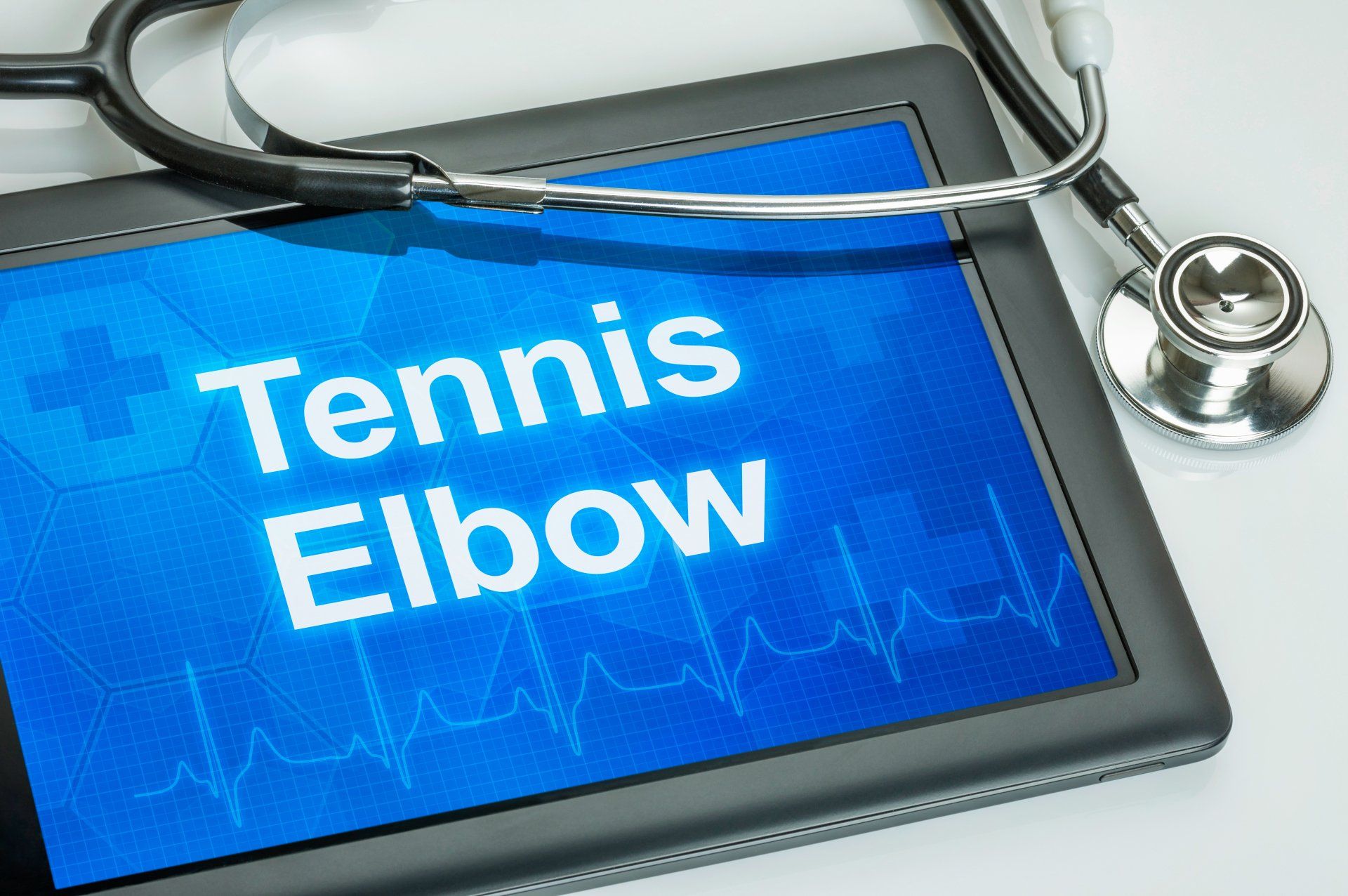
Introduction Tennis elbow (also known as lateral epicondylitis) is an overuse injury of the forearm tendons that originate over the lateral epicondyle of the humerus (bony prominence on the outside of the elbow) and act to bring the wrist backward away from the palm Whilst tennis players are particular prone to this condition it does not occur exclusively to them
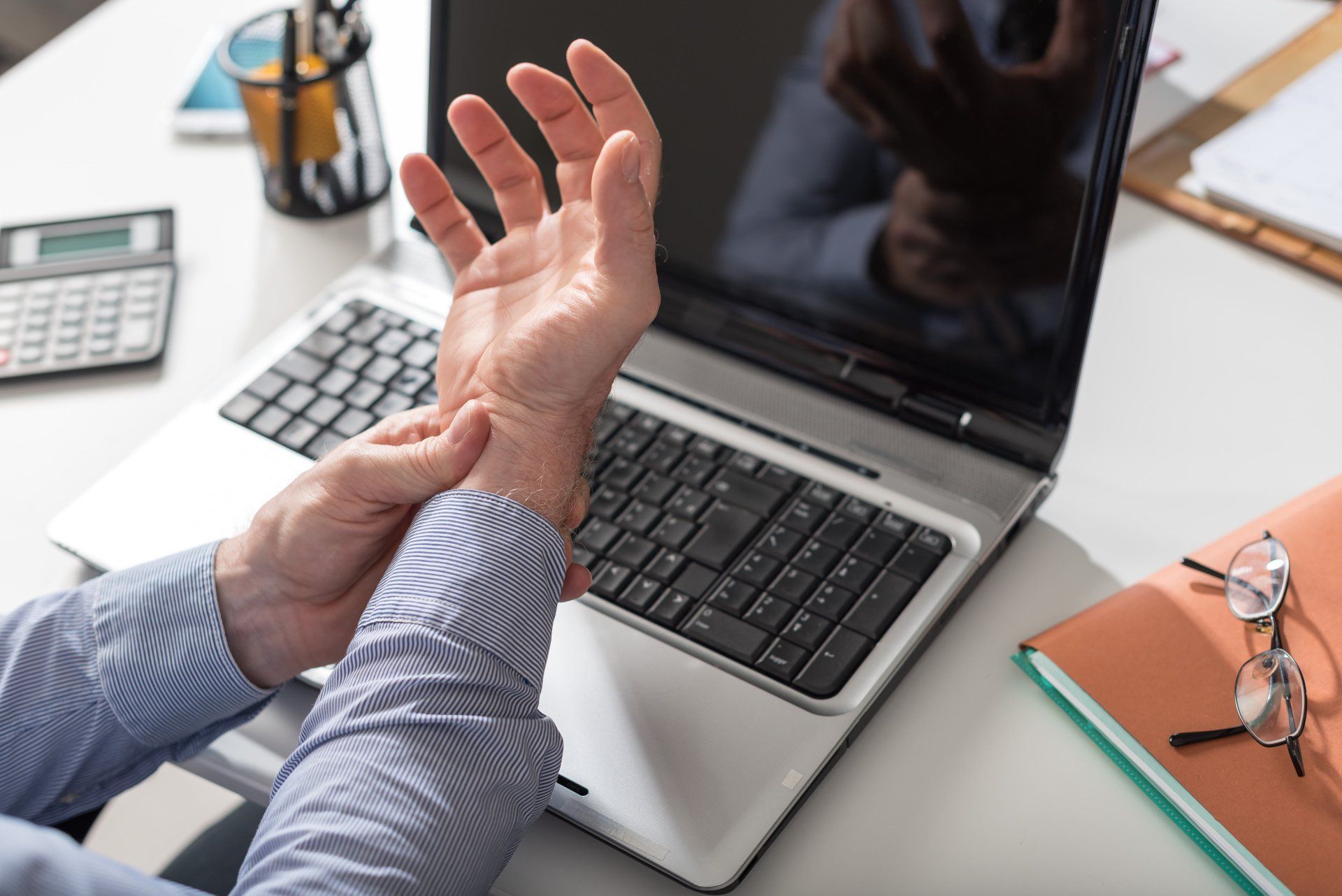
Introduction This term is also known as repetitive motion or stress injury and occurs as a result of carrying out the same motion repeatedly over time causing injury to muscles and tendons It is associated with repetitive tasks, sustained or awkward position, forceful exertion, vibration or compressive forces It can affect almost any joint in the body Most commonly affected areas are hands, wrists, shoulders and neck It is thought to affect 5-10% of the general population but can be as high as 20-40% in specific working populations





